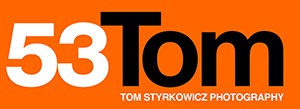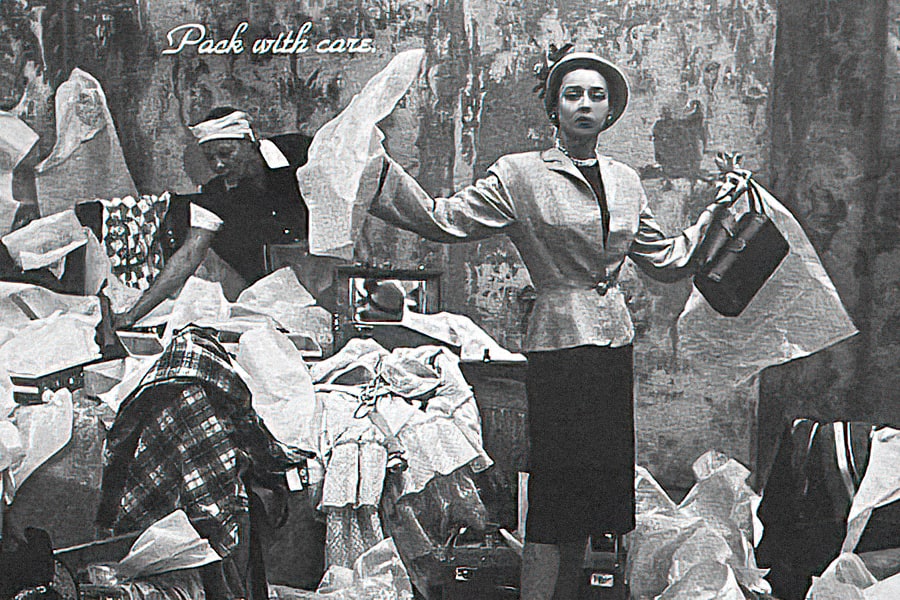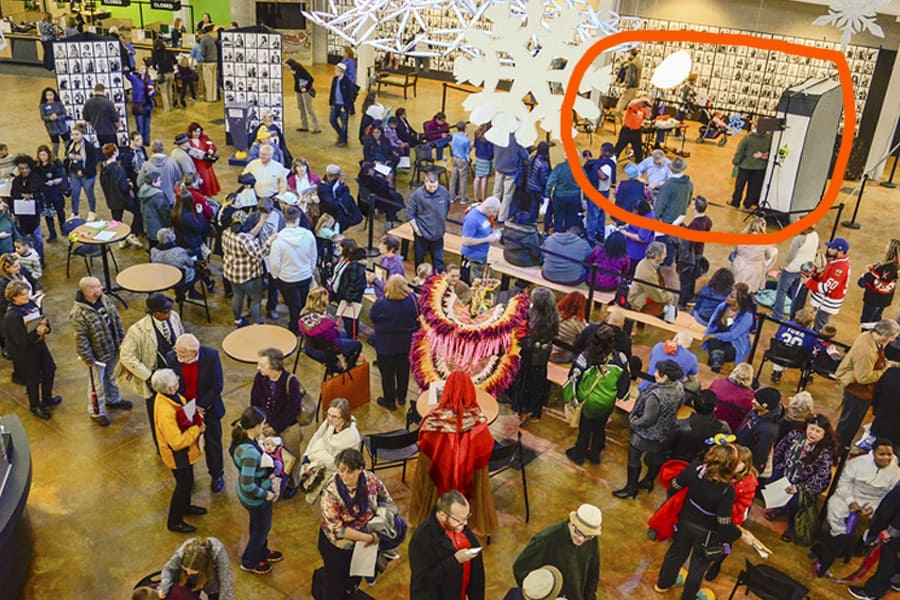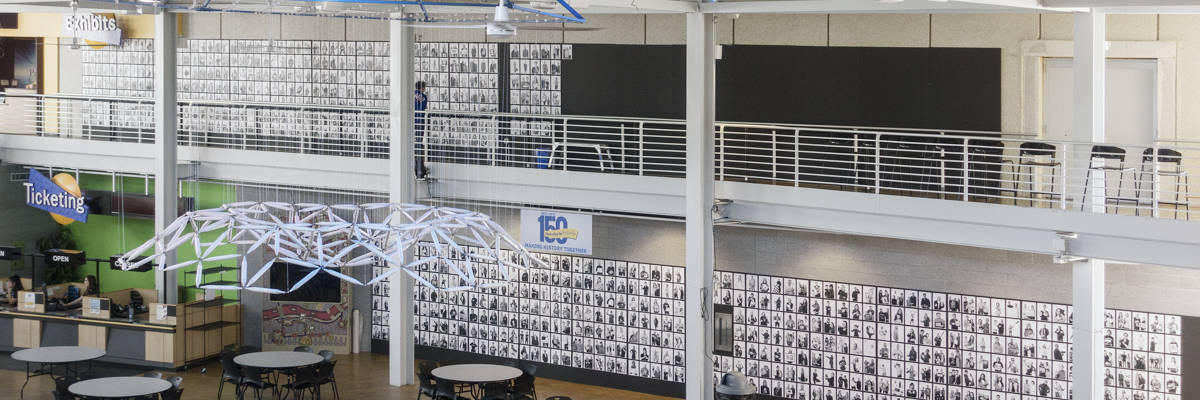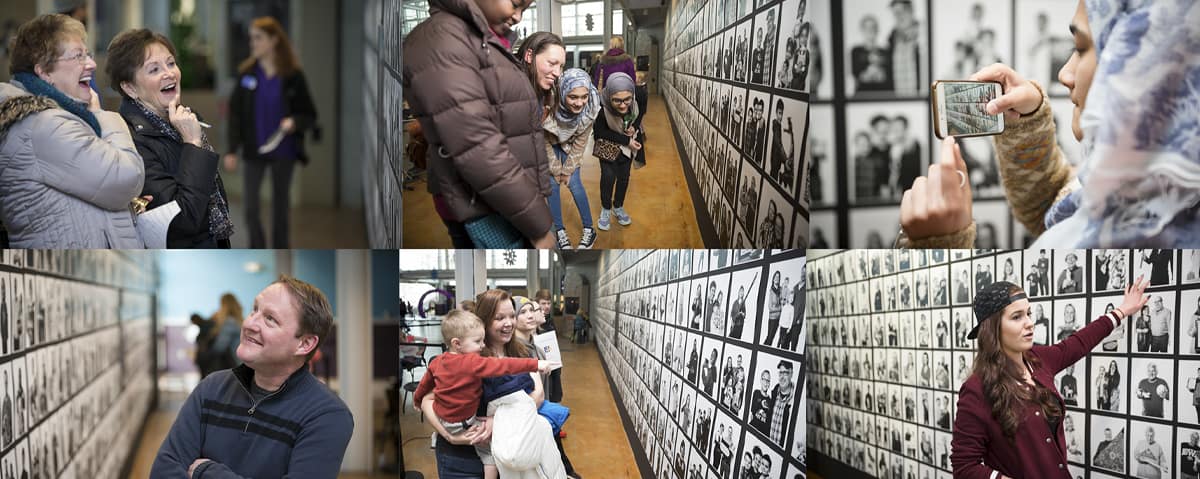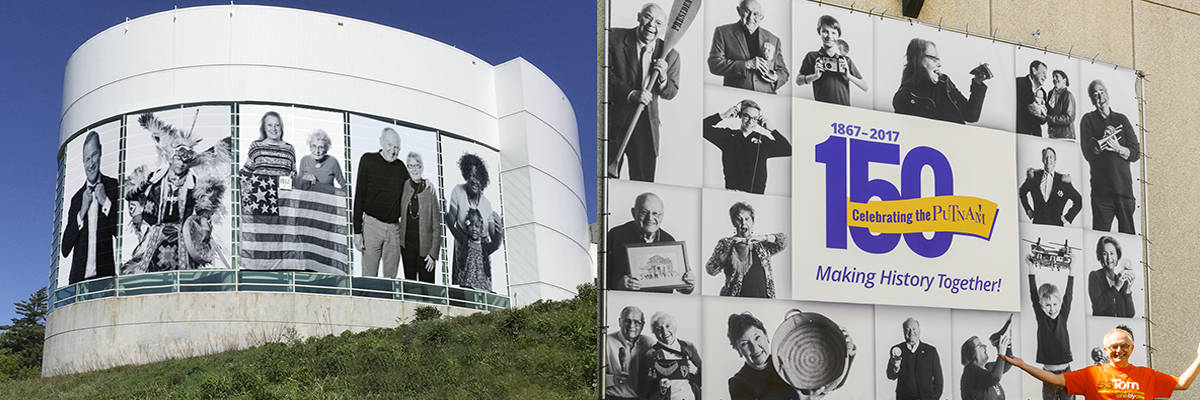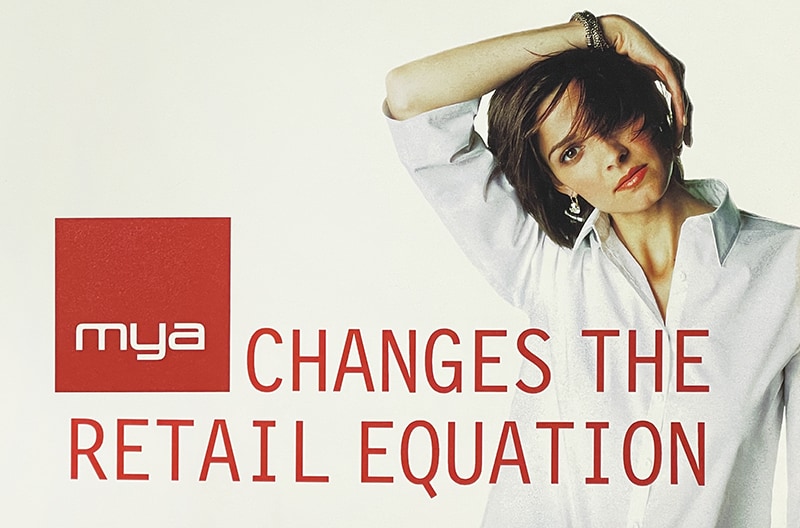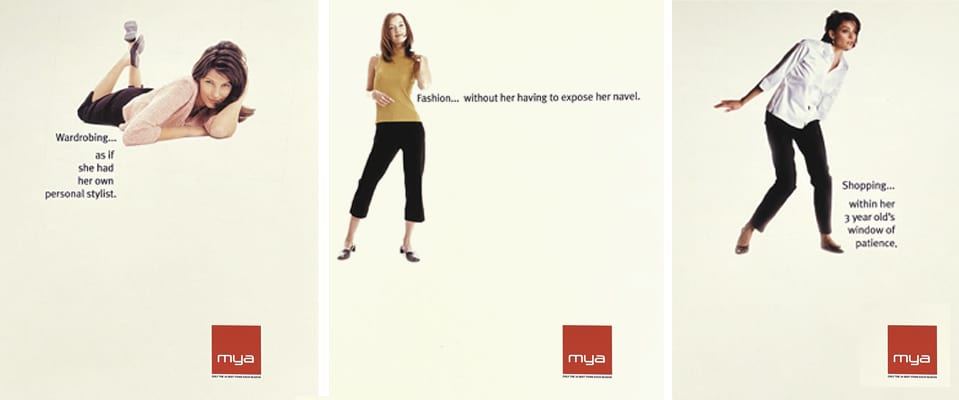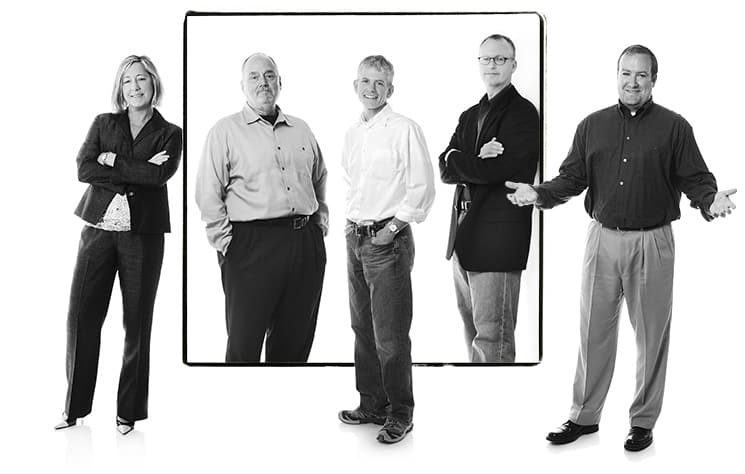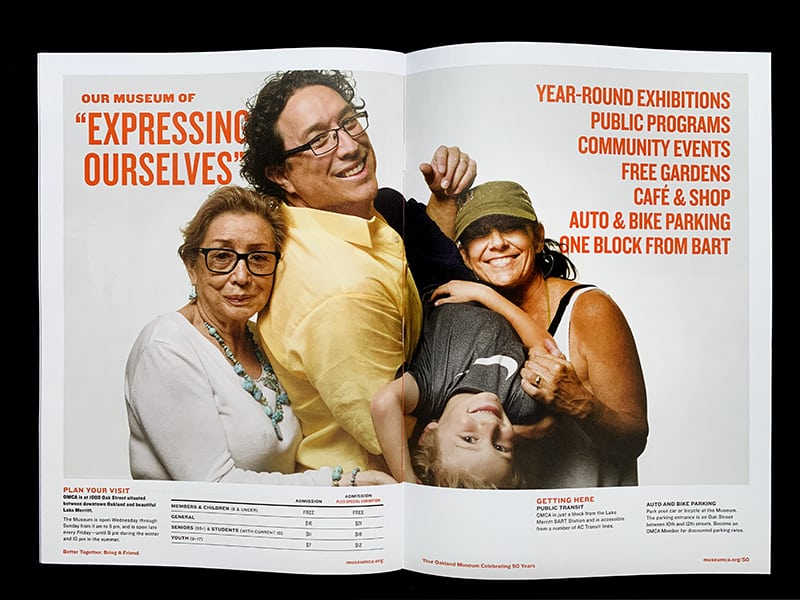Wry humor paired with preposterous stock photos fuels a cheeky ad campaign for a luxury spa.
Emerson Place Spa and Resort was situated 80 some miles from New York City. Because of my background in fashion, and various connections into the New York fashion world, I was given the assignment to do a branding and ad campaign to catch the attention of the New York fashion world.

In order to set Emerson apart from most typical “luxury” destinations, I created an approach that was both familiar and fresh. Using old stock images, I paired them with sayings that highlighted an absurd explanation of the image, meant to elicit a smile from the viewer, as well as start them on a fanciful journey of their own.
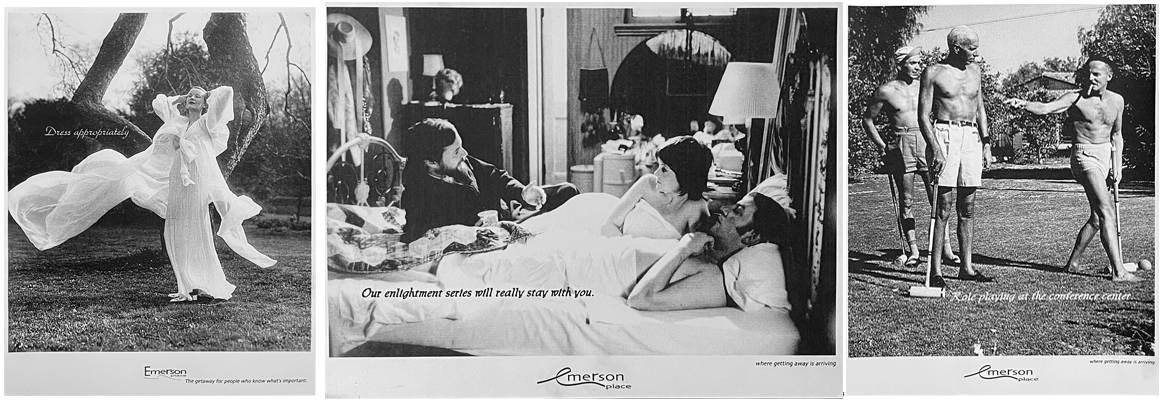

This campaign never got to run because the spa burned down just as the campaign was to launch.
